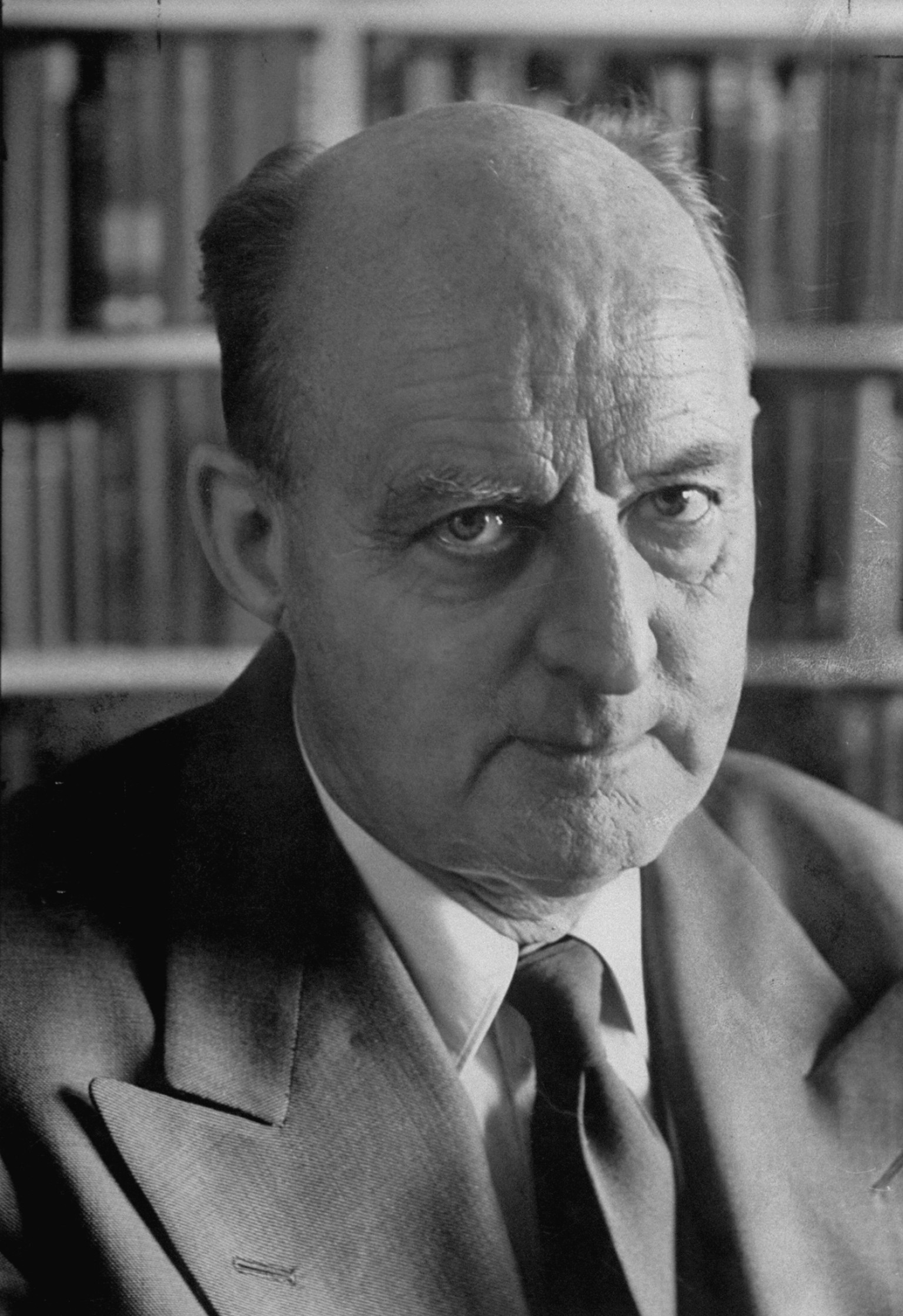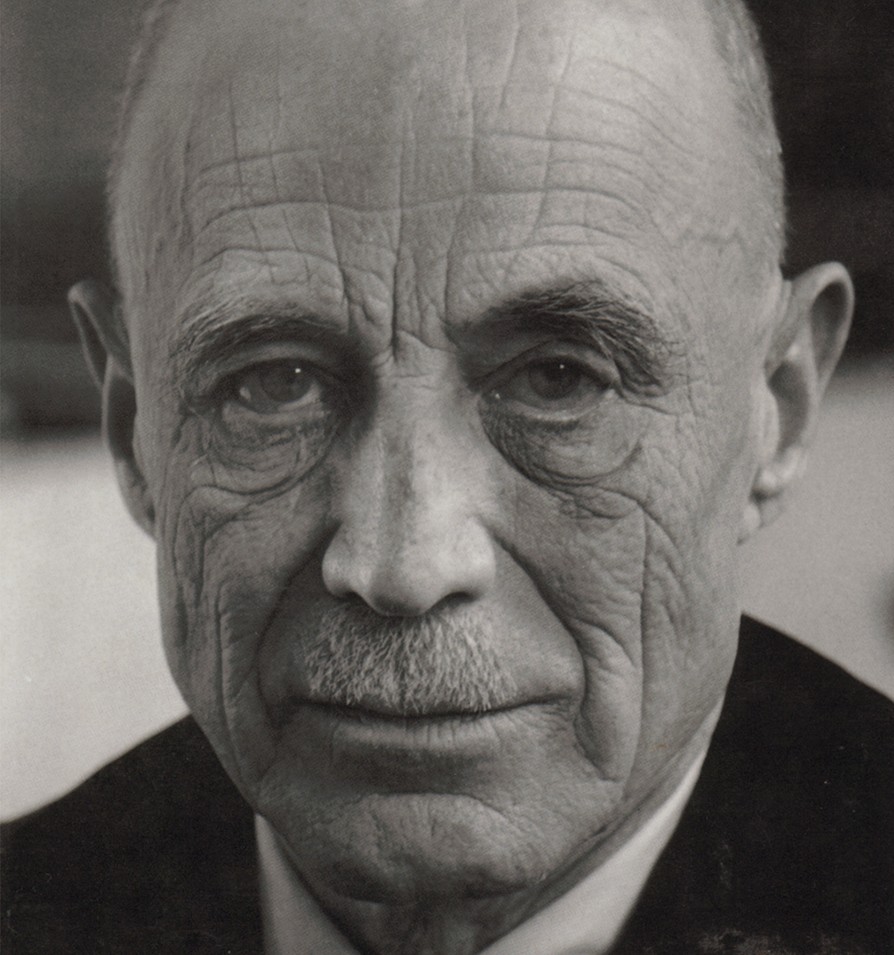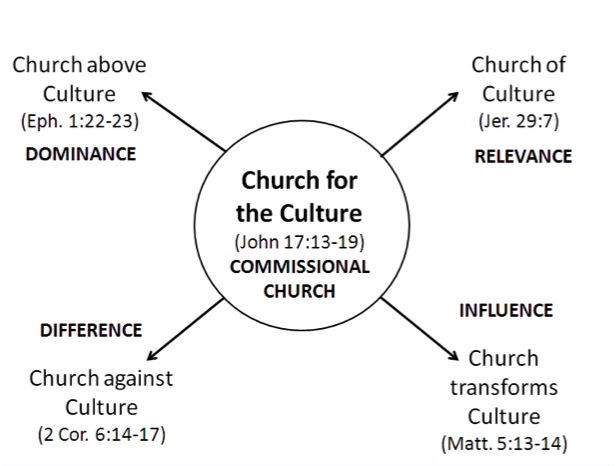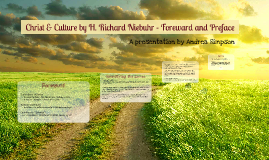Christ and culture h richard niebuhr
Data: 4.09.2018 / Rating: 4.6 / Views: 593Gallery of Video:
Gallery of Images:
Christ and culture h richard niebuhr
H. Richard Niebuhrs Christ and Culture is one of the most significant theological and missiological works of the 20 th century, offering a memorable categorization of the ways Christians have related to culture throughout history. Richard Niebuhr's Christ and Culture is 50 years oldand still has something wise to say to evangelicals. Richard Niebuhr's Christ and Culture is 50 years oldand still has something wise to. Richard Niebuhr Christ and Culture 1. According to this perspective, Christians must live in opposition toward their culture. They must live by the standards of the Kingdom of God, quite apart from an involvement in the world. Home Resources Websites On Religion Internal Pages H. Richard Niebuhrs Christ and Culture: A Bibliography of Responses H. Richard Niebuhrs Christ and Culture: A Bibliography of Responses Edited by Charles Bellinger Allbee, Richard A. Christ Witnessing to Culture: Toward a New Paradigm between Christ and Culture. In his classic 1951 book Christ and Culture, which is still influential today, H. Richard Niebuhr suggested five potential methods of modeling the interface between Christ and culture. Although Niebuhrs theology is not always evangelical, his insights remain helpful as. RICHARD NIEBUHR 55 (1956)10 and The Advancement of Theological Education (1957) 11 resulted from the study. A related book, The Ministry in Historical Perspectivel2 was edited by Niebuhr and Williams. His last book before his death, Radical Monotheism and West ern Culture (1960)13 develops his central concept of radical mono theism and distinguishes it from the. This 50thanniversary edition, with a new foreword by the distinguished historian Martin E. Marty, who regards this book as one of the most vital books of ou The definitive treatment of the ways that Christianity and Culture interact, by H. Richard Niebuhr ( ) who taught Christian ethics for 30 years at Yale Divinity School and who influenced more Christian leaders than any other American theologian of the 20th century. Richard Niebuhr The author of Christ and Culture H. Richard Niebuhr was without question one of the most significant theological figures of the 20th century, along with other such important figures as Paul Tillich, Karl Barth, Hans Frei, and of course, his brother, Reinhold. An Analytical Review of Christ and Culture by H. Richard Niebuhr Submitted by Rodney Shaw Note to reviewer: The assignment was for an 810 page analysis. Due to the weight of the first two views, I made only preliminary remarks concerning the last three views. 1 Christ and Culture by Richard Niebuhr: Book Summary The following is a simplified book summary (without selfcomment) of H. Richard Niebuhrs The way to the organic, active peace of brotherhood leads through the hearts of peacemakers who will knit together, with patience and selfsacrifice, the shorn and tangled fibers of human aspirations, faith, and hopes, who will transcend the fears and dangers of an adventure of trust. Niebuhr's five types are: Christ against culture, the Christ of culture, Christ above culture, Christ and culture in paradox, and Christ the transformer of culture. Most of the types are fairly self explanatory, but several do need additional information to be understood properly. To correct, to rebuke, to edify or build up these all describe the full gamut of purposes that Gods word serves in the Christians engaging of human culture. Richard Niebuhr looked at 2000 years of Christian response to the societies and civilizations it has existed in tandem with, and Niebuhr observed that it amounts to five basic ways. The younger brother of the theologian Reinhold Niebuhr, H. Richard was educated at Eden Theological Seminary and Washington University in St. Louis, Yale Divinity School, and Yale University, where he was one of the first students to receive a Ph. Richard Niebuhr's Christ and Culture. It discusses Niebuhr's triadic interweaving of faith, history, and ethics; and his identification of the enduring problem at the heart of all forms of Christian ethical theory, discourse, counsel, and behaviour as the problem of. The Enduring Problem of Christ and Culture Bruce L. Guenther More than half a century ago, in 1949, H. Richard Niebuhr ( ) presented a series of lectures at Austin Presbyterian Theological Seminary in Texas. Niebuhr's book has been seen as a classic for nearly half a century now, and to be honest, when I first read it I too was captivated by his typology: Christ Against Culture, Christ of Culture, Christ Above Culture, Christ and Culture in Paradox, and Christ the Transformer of Culture. Helmut Richard Niebuhr was one of the most important Christian theologicalethicists in 20th century America, most known for his 1951 book Christ and Culture and his posthumously published book The Responsible Self. Christ is the converter of man in his culture and society. A new heaven and earth awaits the coming of Christ, who cannot come until a cultural conversion is brought about by believers. While never stated, this appears to be Niebuhrs personal view, as this is the only approach which escapes criticism. Niebuhr argues Christ against culture, Christ of culture, Christ above culture, Christ and culture in paradox and finally Christ transforming culture. Although his postscript to these arguments is inconclusive, he does call for a decision, not from the community of. Richard Niebuhr, Christ and Culture Chapter Two Christ Against Culture Christ vs. culture model is forgetful of grace, is legalistic, and forgets the gospel is for all men and women. The question about the relationship of Christ to the Creator of nature and Helmut Richard Niebuhr (September 3, 1894 July 5, 1962) is considered one of the most important Christian theological ethicists in 20th century America, most known for his 1951 book Christ and Culture and his posthumously published book The Responsible Self. The younger brother of theologian Reinhold Niebuhr, Richard Niebuhr taught for several decades at the Yale Divinity School. Richard Niebuhr Foreward and Preface Identifying the Zones Zones not containers Can hold beliefs of two different zones; not solidly built confines to the five zones In the classic Christ and Culture, H. Richard Niebuhr crafted a magisterial survey of the many ways of answering that questionand the related question of how Christ's followers understand their own place in the world. Niebuhr called the subject of this book the double wrestle of the church with its Lord and with the cultural society with. Since its original publication over 50 years ago, Richard Niebuhrs Christ and Culture has sparked debate and discussion. His work remains one of the key points of departure for any discussion of the interactions and relations between Christianity and the culture of our time. Richard Niebuhr has posited five different relationships that the Christian has with culture, and since information technology is part of our culture, we can also apply these categories to the computer. Richard Niebuhrs Christ and Culture (HarperSanFrancisco, 1996) is a 20 th century classic built upon a series of lectures at Austin Presbyterian Theological Seminary (1949). In Acknowledgements, Niebuhr shares, If I think of my essay as an effort to correct Troeltschs analyses of the. Buy Christ and Culture (Torchbooks) 1 Reprint by H. Richard Niebuhr (ISBN: ) from Amazon's Book Store. Everyday low prices and free delivery on eligible orders. The younger brother of the theologian Reinhold Niebuhr, H. Richard was educated at Eden Theological Seminary and Washington University in St. Louis, Yale Divinity School, and Yale University, where he was one of the first students to receive a Ph. Richard Niebuhr and a great selection of similar Used, New and Collectible Books available now at AbeBooks. Richard Niebuhr's book, Christ Culture, is still discussed today. It was published in 1955, I recently found and read a reprint of Niebuhr's classic that celebrates the book's halfcentury milestone that includes a foreword by Martin E. Marty, and a preface by James M. Gustafson and a very helpful summary. Richard Niebuhr (September 3, 1894 July 5, 1962) was a Christian theological ethicist. He was the the younger brother of Christ and Culture (1951) The monastic movement was directed to the achievement of a Christian life, apart from civilization, in obedience to the laws of Christ, and in pursuit of a perfection wholly distinct. Exactly fifty years ago, in 1949, H. Richard Niebuhr delivered the lectures at Austin Seminary that became the book, Christ and Culture. 1 have long been an admirer of Niebuhr and, even though our theologies are rather different, throughout my career I have been influenced by his work, especially by Christ and Culture. Richard Niebuhrs classic book, Christ and Culture, has influenced or at least informed the discussion, notably among Western evangelicals, since it was published in 1951. Niebuhr proposed five models, which he labelled as 1) Christ against culture; 2) Christ of culture; 3) Christ above culture; 4) Christ and culture in paradox; and 5. Richard Niebuhr's most famous work is Christ and Culture. It is often referenced in discussions and writings on a Christian's response to the world's culture. In the book, Niebuhr gives a history. (New York; Harper Torchbook, 1956). pp 17Ive just handed in a Reading Reports assignment where I had to summarise and respond to various set texts in order to grasp something of the global trends in theology in the twentieth century. Christ above Culture (Synthesis) BATTLING Christ of Culture (Equates) ASSIMILATING Christians must make a radical break from their culture. Richard Niebuhr, Christ and Culture; Jimmy Long, Generating Hope, Chapter 1) Title: Microsoft Word Christ and Culture. WorldCat Home About WorldCat Help. Search for Library Items Search for Lists Search for Contacts Search for a Library. Create lists, bibliographies and reviews: or Search WorldCat. Find items in libraries near you. Advanced Search Find a Library. An ordained Lutheran minister and the author of more than 60 books, Marty wrote the new foreword for the 50th anniversary edition of H. Of all published articles, the following were the most read within the past 12 months Niebuhr argues Christ against culture, Christ of culture, Christ above culture, Christ and culture in paradox and finally Christ transforming culture. Although his postscript to these arguments is inconclusive, he does call for a decision, not from the community of. Richard Niebuhrs Christ and Culture Posted on September 20, 2007 by Wyman Christ and Culture represents a cogent and systematic approach towards the categorization and evaluation of the Churchs interplay with culture throughout space and time. Description: In 1951, theologian H. Richard Niebuhr published Christ and Culture, a hugely influential book that set the agenda for the church and cultural engagement for the next several decades. But Niebuhr's model was devised in and for a predominantly Christian cultural setting.
Related Images:
- Suzuki Eiger Lt A400
- Diskeeper 2018 pro
- Little rock star
- Texas Chainsaw Massacre The Next Generation
- Phineas and ferb s03e01
- The bridges at toko
- Window to usb iso
- Bang bang movie hindi
- Illustrator cs6 windows crack
- You cant win charlie brown
- L enfant the child
- Life times of tim season 3
- The haves and the nots s02e04
- Qualitative Analysis Pre Lab Answers
- You dont know me 320
- Laundry supervisor
- Daddy yankee remix
- Prison break season 01
- Oculus mp4
- Dvd
- Public pickup mia
- Solidworks 2018
- The Perfect Host 2018
- FRANK OCEAN channel ORAN
- Kung fu panda 2 ita 1080p
- Apocalipsis Z Tomo 3 Pdf
- Hot N Playful
- Season 5 episode 14 vampire diaries
- How To Show Things With Words
- Robbie Williams Angel
- Bloodsport van dam
- Sadiku Elementos De Electromagnetismo Pdf Descargar
- Auto click crack
- Et Avec Tango Nous Voila Trois
- Live as one
- Intermediate Microeconomics Varian 8Th Edition Amazon
- Siswati bible verses
- The mighty thor
- The Yoga Sutras of Patanjali
- Sas lisa ann
- Dragon ball season 9
- Emmanuelle divx ita
- Divergent 2018 nl
- Lynda Design Business
- Optimal estimation of dynamic systems
- The Simplicity Of Cider A Novel
- Breaking Free of Rejection
- Andy timmons discography
- Assasination of jesse
- One piece lambert
- Elements the missing manual
- House of darkness house of light
- Autotune evo vst
- David bowie lossless
- Emma leigh 1080p
- Don bluray 1080p
- Romeo Santos Propuesta Indecente
- Expert system technology development and application
- Snitch linfiltrato
- Hawaii 2018 mkv
- Franz Ferdinand Late Night Tales
- Long island s02e13
- Under the dome 1080p
- 1080p the crow
- Scream scary movie
- Ava taylor stella may
- My angel eyes
- The king of kong quarters
- Navy seals dvdrip
- Akai 202d Ss Reel To Reel Tape Recorder Service Manual
- The White Storm 2018 BRRip
- Big bang theory 720p s08e06
- Brain Teasers For Veterinarians
- The money fix
- A train 9
- Suck suck pass
- Viveka chinthamani in tamil wikipedia
- Beowulf A Glossed Text
- The Theory and Practice of Communism An Introduction
- Ra one blu ray
- Command first decade patch
- Economics Chapter 1 Test Answers












